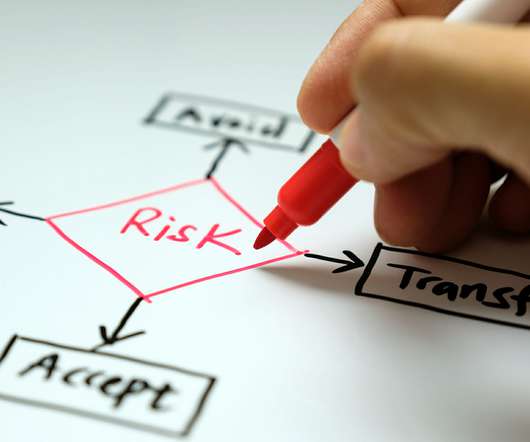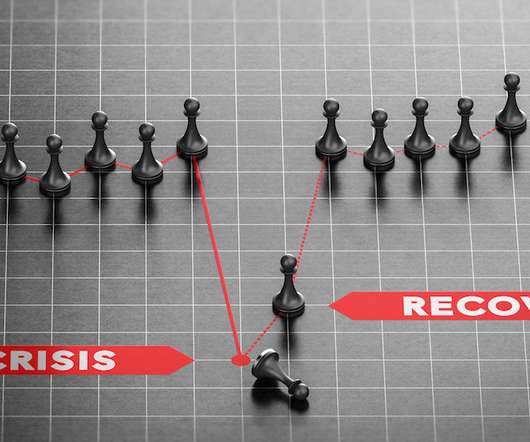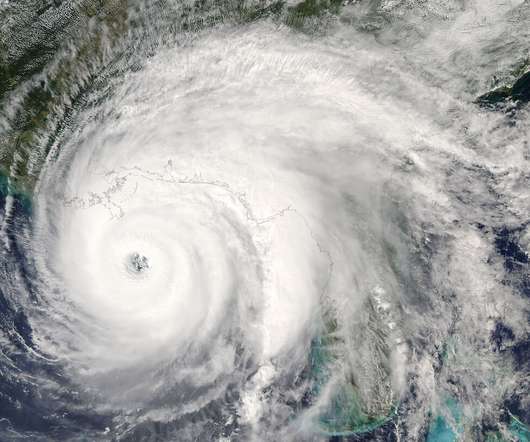How to Offload Your Risk to a Third Party
MHA Consulting
FEBRUARY 9, 2023
There are two main types of risk transference: 1) buying insurance and 2) hiring a third-party vendor to perform an activity and passing on to them the risks associated with that activity. 2) Is the vendor resilient? Here are the things you need to know to be successful in offloading your risk to a third party.




















Let's personalize your content